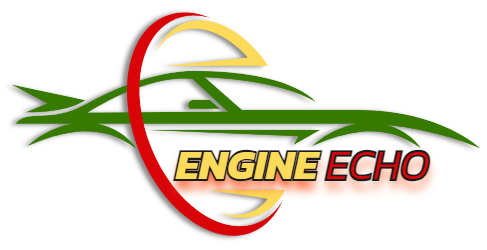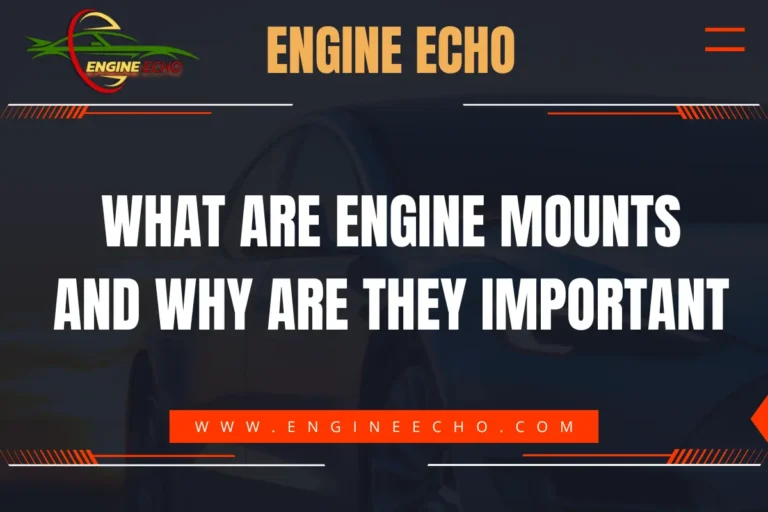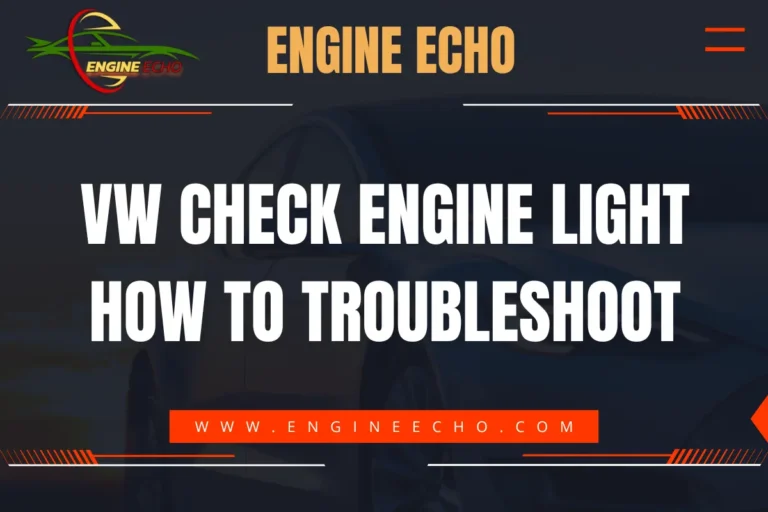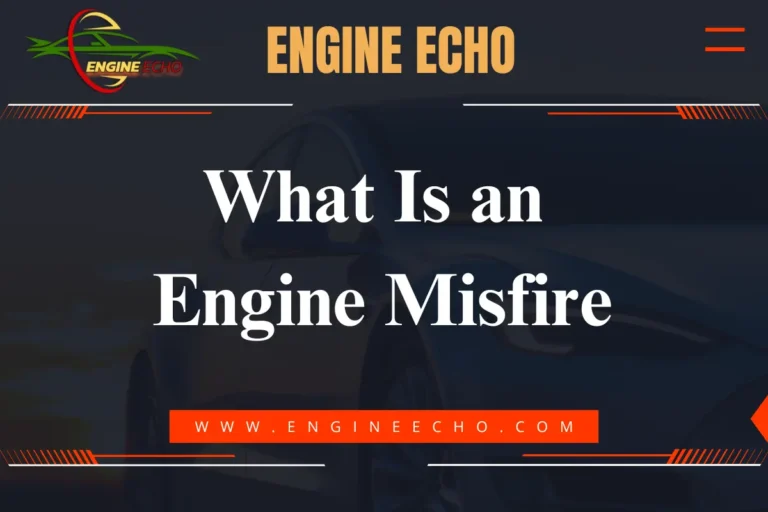Toy Cars with Real Engine: Must-Have Models
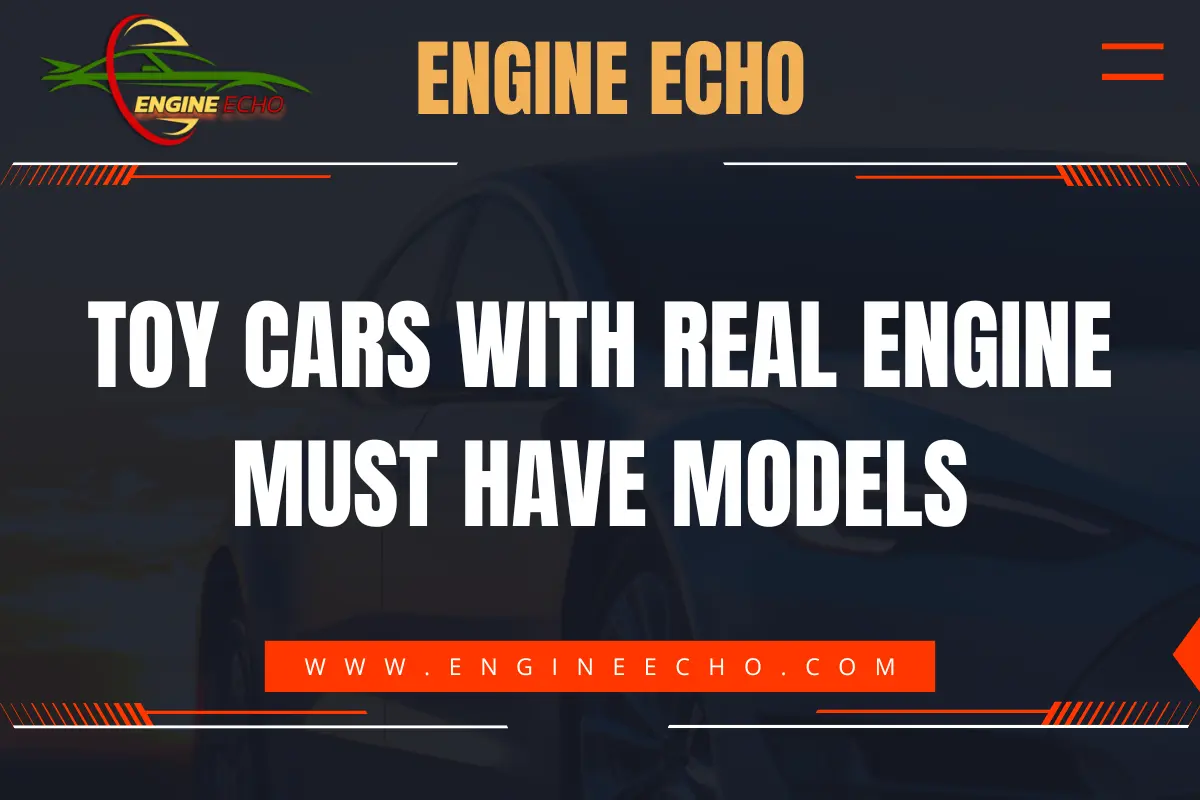
Key Takeaways
- Experience Realistic Driving: Discover how toy cars with real engines replicate the excitement of full-sized vehicles.
- Discover Top Features: Learn what to look for when selecting the perfect model for your needs.
- Explore Leading Brands: Identify the best-performing brands and models in 2024.
- Invest Wisely: Understand the collectibility and long-term value of real-engine toy cars.
- Maintain Safely: Gain expert advice on maintenance and safe operation for longevity and optimal performance.
- Understand Pricing and Budgeting: Navigate the cost spectrum to find models that fit your budget.
- Learn About Availability: Find out where to purchase these models, both online and offline.
- Assess Environmental Impact: Evaluate the ecological footprint of real-engine toy cars.
- Enhance Educational Benefits: Utilize these models as learning tools for mechanics and engineering principles.
- Navigate Legal Aspects: Stay informed about regulations and safety standards related to real-engine toy cars.
Introduction
Toy cars with real engines have revolutionized the world of model vehicles, offering a captivating experience that blends engineering, speed, and precision. Unlike their electric counterparts, these cars bring the thrill of internal combustion engines to a miniature scale, making them a favorite among enthusiasts, hobbyists, and collectors. Whether you’re racing competitively, customizing a unique model, or simply enjoying the roar of the engine, real-engine toy cars deliver unparalleled excitement.
The demand for these cars has surged in recent years, with advancements in technology and design making them more accessible to a wider audience. From kids exploring mechanical concepts to seasoned collectors seeking rare pieces, these cars cater to diverse interests. Let’s explore what makes these miniature vehicles so special, highlight the best models and brands for 2024, and learn how to maximize your experience with them.
The Fascination with Real Engine Toy Cars
What Sets Them Apart from Traditional Toy Cars
- Mechanical Realism: Unlike electric models, these cars use small-scale combustion engines, creating authentic sound, motion, and even exhaust effects.
- Engaging Experience: The need to fuel, tune, and maintain these cars provides a hands-on interaction that electric cars can’t replicate.
- Broad Appeal: Their mechanical complexity attracts adults, while the excitement of speed and control captivates younger users.
How Real Engine Cars Are Gaining Popularity
- Racing Leagues: Competitive events and leagues have expanded globally, attracting participants of all skill levels.
- Customization Options: Users can upgrade and personalize their cars with high-performance parts and creative designs.
- Community Engagement: Social media platforms, forums, and local clubs have fostered vibrant communities where enthusiasts share tips and showcase their creations.
How Toy Cars with Real Engines Work
Understanding Real Engine Mechanics
- Internal Combustion Engines: These cars operate like full-sized vehicles, using fuel combustion to generate power.
- Key Components:
- Carburetors: Mix air and fuel for combustion.
- Glow Plugs: Ignite the fuel mixture within the engine.
- Fuel Tanks: Store nitro methane or gasoline.
Types of Engines Found in Toy Cars
- Nitro Engines: Known for high speed and power, making them ideal for racing enthusiasts.
- Gasoline Engines: Provide better fuel efficiency and are easier to maintain than nitro engines.
- Hybrid Models: Combine nitro and electric power for versatility and emerging technological advancements.
Comparing Real Engine and Electric Cars
- Performance: Real-engine cars offer higher speeds and greater mechanical complexity, while electric cars are quieter and easier to maintain.
- Maintenance: Real-engine cars require more hands-on care, including regular tuning and fuel replenishment.
- Realism: Engine sound, exhaust, and operational intricacies make real-engine cars feel more lifelike.
Benefits of Owning a Real Engine Toy Car
Performance and Power Advantages
- Thrilling Speeds: Some models reach over 60 mph, delivering an exhilarating experience.
- Realistic Acceleration: Feel the rush as the engine propels the car forward with real torque.
- Sound Effects: The roar of a real engine enhances the driving experience.
Skill Development and Learning
- Mechanical Knowledge: Learn about internal combustion, fuel systems, and basic engineering principles.
- Problem-Solving Skills: Tackle repairs, tuning, and optimization challenges for hands-on growth.
Community and Competitive Opportunities
- Networking: Join a global community of hobbyists, collectors, and racers.
- Racing Events: Participate in local and international competitions, fostering camaraderie and rivalry.
Features to Look for When Buying a Real Engine Toy Car
Engine Size and Power
- Power-to-Weight Ratio: Essential for performance; higher ratios mean greater speed but require skillful handling.
- Skill Level Match: Beginners should opt for smaller, easier-to-control engines.
Build Quality
- Material Durability: Choose models with metal chassis and reinforced components for lasting performance.
- Weather Resistance: Ideal for outdoor use in various conditions.
Control Technology
- Precision: Advanced remote controls offer precise steering and enhanced responsiveness.
- Smart Features: Modern options include app-based telemetry and real-time adjustments.
Safety Enhancements
- Fail-Safe Systems: Prevent loss of control due to signal interference or engine issues.
- Heat Shields: Protect users from engine heat during operation and maintenance.
Pricing and Budgeting
Understanding the Cost Spectrum
Real-engine toy cars come in a wide range of prices, typically influenced by factors such as engine type, build quality, brand reputation, and included features.
- Entry-Level Models: Priced between $100-$300, suitable for beginners and casual hobbyists.
- Mid-Range Models: Costing between $300-$600, these offer enhanced performance, better materials, and more customization options.
- High-End Models: Ranging from $600 upwards, these are designed for serious collectors and competitive racers, featuring top-tier components and advanced technologies.
Budgeting Tips
- Assess Your Needs: Determine whether you prioritize speed, realism, or customization when setting your budget.
- Factor in Accessories: Consider the cost of additional parts, tools, and maintenance supplies.
- Look for Deals: Keep an eye out for seasonal sales, bundle offers, and discounts from reputable retailers.
Purchase Locations and Availability
Where to Buy Real Engine Toy Cars
- Online Platforms: Websites like Amazon, eBay, and specialized RC car retailers offer a vast selection and often better prices.
- Physical Stores: Hobby shops and specialty stores provide the advantage of hands-on inspection before purchase.
- Local Shows and Events: RC car shows and automotive events often feature vendors selling exclusive models and accessories.
- Manufacturer Websites: Purchasing directly from brands like Traxxas, HPI Racing, and Kyosho can offer the latest models and official warranties.
Availability by Region
- North America and Europe: Wide availability with numerous distributors and local clubs.
- Asia: Strong presence in countries like Japan and China, with growing markets in other regions.
- Emerging Markets: Increasing accessibility in regions like South America and Africa, driven by global shipping and online sales.
Customer Reviews and Experiences
Real User Feedback
Incorporating testimonials and reviews from actual users can provide valuable insights into the performance and reliability of different models.
- Positive Experiences: Users often praise the realism, speed, and build quality of top models from brands like Traxxas and Kyosho.
- Common Criticisms: Some users report challenges with maintenance complexity and the high cost of repairs or upgrades.
- Case Studies: Highlighting specific user stories, such as a beginner racer who successfully transitioned to competitive racing, can illustrate the benefits and challenges of owning a real-engine toy car.
Legal and Regulatory Aspects
Understanding Regulations
Different countries have varying laws regarding the ownership and operation of real-engine toy cars.
- Age Restrictions: Some regions require users to be of a certain age to purchase or operate these models.
- Safety Standards: Compliance with safety certifications like ASTM (American Society for Testing and Materials) or EN (European Norms) ensures that the models meet specific safety criteria.
- Usage Restrictions: Certain areas may restrict the use of nitro-powered cars in public spaces due to noise and emission concerns.
Compliance Tips
- Check Local Laws: Before purchasing, verify the regulations in your area to ensure compliance.
- Safety Certifications: Look for models that adhere to recognized safety standards to ensure safe operation.
- Insurance Considerations: In some cases, insurance might be required, especially for high-end or competitive models.
Environmental Impact
Assessing Ecological Footprint
Real-engine toy cars have a different environmental impact compared to their electric counterparts.
- Emissions: Combustion engines emit pollutants, contributing to air quality issues.
- Fuel Consumption: Regular use of nitro or gasoline fuels can have environmental repercussions.
- Material Use: The production of metal and plastic components involves resource extraction and energy consumption.
Sustainable Alternatives
- Hybrid Engines: Combining electric and combustion power can reduce overall emissions.
- Eco-Friendly Fuels: Development of alternative fuels that produce fewer emissions.
- Recyclable Materials: Using sustainable materials in manufacturing to minimize environmental impact.
Educational Benefits
Learning Through Play
Real-engine toy cars can be powerful educational tools, especially for young enthusiasts interested in mechanics and engineering.
- Mechanical Understanding: Users learn about the principles of internal combustion, fuel systems, and engine mechanics.
- Engineering Skills: Building and customizing these cars fosters problem-solving and critical thinking skills.
- STEM Engagement: Encourages interest in science, technology, engineering, and mathematics through hands-on interaction.
Educational Programs
- Workshops and Clubs: Many communities offer workshops where users can learn maintenance and tuning skills.
- Educational Kits: Some brands provide kits designed for educational purposes, allowing users to assemble and modify their models.
Maintenance and Troubleshooting
Routine Maintenance
Proper upkeep is essential for the longevity and optimal performance of real-engine toy cars.
- Engine Cleaning: Regularly clean the engine to prevent buildup of fuel residue and debris.
- Fuel System Checks: Inspect fuel lines and tanks for leaks or blockages.
- Glow Plug Replacement: Replace worn-out glow plugs to ensure reliable ignition.
Common Problems and Solutions
- Engine Flooding: Remove the glow plug and drain excess fuel to resolve flooding issues.
- Starting Issues: Check fuel quality and ensure the glow plug is functioning correctly.
- Performance Drops: Inspect and replace worn gears or other mechanical parts as needed.
Repair Tools and Kits
- Essential Tools: Pliers, wrenches, screwdrivers, and specialized RC car tools.
- Repair Kits: Comprehensive kits that include replacement parts and detailed instructions for common repairs.
History and Evolution
Origins of Real Engine Toy Cars
The concept of miniature cars with functional engines dates back to the early 20th century, evolving alongside advancements in automotive technology.
- Early Models: Initially powered by simple steam or basic combustion engines, these models were primarily novelty items.
- Technological Advancements: The introduction of nitro and gasoline engines in the late 20th century marked significant improvements in performance and realism.
- Modern Innovations: Today’s models feature sophisticated engine management systems, remote control technologies, and hybrid power options.
Market Evolution
- Growth Phases: The market has expanded from niche hobbyist circles to mainstream popularity, driven by increased accessibility and technological improvements.
- Key Milestones: Introduction of key models from leading brands, establishment of competitive leagues, and integration of smart technologies.
Additional Tools and Accessories
Enhancing Your Experience
A variety of accessories and tools are available to customize and improve the performance of real-engine toy cars.
- Spare Parts: Replacement gears, tires, and engine components to ensure sustained performance.
- Upgrade Kits: High-performance parts like upgraded carburetors, exhaust systems, and suspension components.
- Customization Accessories: Decals, body kits, and paint options to personalize the appearance of your model.
- Maintenance Tools: Specialized tools for engine tuning, cleaning, and repairs.
Benefits of Accessories
- Performance Improvement: Upgraded parts can enhance speed, handling, and reliability.
- Personalization: Custom accessories allow users to create unique models that reflect their personal style.
- Extended Longevity: Quality accessories and spare parts help maintain the car’s condition and extend its usable life.
Collectibility and Investment Value
Why Real Engine Cars Are Collectible
- Limited Editions: Rare models and special releases drive up demand and value among collectors.
- Historical Significance: Older models with unique features hold long-term appeal for enthusiasts.
- Brand Prestige: Models from renowned brands like Traxxas and HPI Racing often retain or increase their value over time.
Maximizing Collectible Value
- Condition Maintenance: Keep cars in pristine condition through proper maintenance and careful storage.
- Documentation: Retain original packaging, manuals, and purchase records to increase value.
- Market Trends: Stay informed about market demand and emerging trends to make strategic investments.
Resale Market
- Current Trends: High demand for vintage and limited-edition models can lead to significant price appreciation.
- Best Practices for Selling: Present the car in excellent condition, provide comprehensive documentation, and use reputable platforms for resale.
- Potential Value Fluctuations: Factors such as rarity, condition, and brand reputation influence resale prices.
Safety Guidelines
For Children
- Supervision: Always supervise younger users to ensure safe operation.
- Age-Appropriate Models: Choose models with lower speeds and simpler controls for beginners.
During Use
- Safe Operating Areas: Use in open, obstacle-free spaces away from traffic and pedestrians.
- Protective Gear: Encourage the use of gloves and goggles to protect against potential hazards.
After Use
- Cooling Period: Allow engines to cool before handling to prevent burns.
- Proper Storage: Store cars in a dry, clean environment to prevent corrosion and damage.
Safety Certifications
- ASTM Standards: Ensure models meet safety standards set by organizations like ASTM.
- EN Certifications: European Norms certifications indicate compliance with safety and performance criteria.
Trends Shaping the Future
Technological Advances
- Hybrid Engines: Combining combustion and electric power for improved performance and efficiency.
- AI Controls: Integration of artificial intelligence for smarter handling and autonomous features.
- IoT Integration: Connectivity with smartphones and other devices for real-time monitoring and control.
Sustainability
- Eco-Friendly Materials: Use of recyclable and sustainable materials in manufacturing.
- Alternative Fuels: Development of cleaner fuels to reduce emissions and environmental impact.
- Energy Efficiency: Innovations aimed at improving fuel efficiency and reducing overall energy consumption.
Conclusion
Toy cars with real engines offer an extraordinary mix of excitement, engineering, and collectibility. Whether you’re a beginner curious about mechanics or an advanced racer seeking top-tier performance, these cars cater to every interest. With proper care, the right model, and an understanding of the broader aspects such as pricing, environmental impact, and safety, you’ll unlock a world of thrilling experiences and a passion that’s built to last.
FAQs
Q1: What are toy cars with real engines?
Toy cars with real engines are miniature vehicles powered by combustion engines, providing realistic driving performance and sound.
Q2: How do they compare to electric RC cars?
Real-engine cars offer higher speeds and mechanical realism but require more maintenance. Electric cars are quieter, simpler, and beginner-friendly.
Q3: Are these cars safe for kids?
With supervision and age-appropriate models, children can safely enjoy real-engine toy cars. Always follow safety guidelines.
Q4: What is the best model for beginners?
The Redcat Racing Nitro Buggy is affordable, durable, and easy to control, making it perfect for newcomers.
Q5: How do I maintain a real-engine toy car?
Perform regular engine cleaning, check fuel systems, and lubricate moving parts. Store in a dry, clean place to prevent wear and tear.
Thanks for checking out this article on EngineEcho.com! Hope you found this article: "Toy Cars with Real Engine: Must-Have Models" helpful! If you liked it and want to dive into more car engine topics, head over to our homepage. There's always something new to discover in the world of engines. Enjoy your reading journey!
Check out our previous article: Cars with LS1 Engine: Performance and Durability
